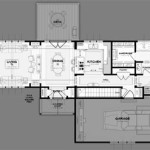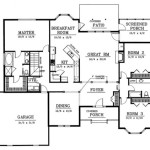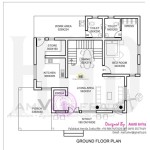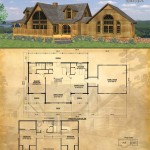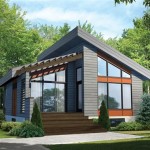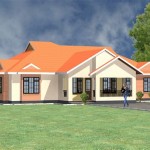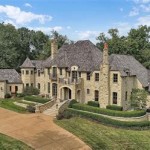House Plans for Cottage Style Homes
Cottage-style homes evoke a sense of charm, coziness, and connection with nature. Their popularity stems from their inviting aesthetic and adaptability to various landscapes, from rural settings to coastal areas and even urban environments. Choosing the right house plan is crucial in capturing the essence of cottage living. This article explores various aspects of cottage house plans, offering insights into key considerations for prospective homeowners.
Key Features of Cottage House Plans
Cottage house plans often prioritize efficient use of space, emphasizing comfortable living areas rather than expansive square footage. Hallmarks of these plans include cozy fireplaces, built-in shelving, and window seats that maximize natural light and create a warm atmosphere. Open floor plans connecting the kitchen, dining, and living areas are common, fostering a sense of togetherness. Outdoor living spaces, such as porches, patios, or balconies, further extend the living area and blur the lines between indoors and out, enhancing the connection with nature.
Variations in Cottage Architectural Styles
While the term “cottage” evokes a general image, various architectural styles fall under this umbrella. English cottages, for instance, often feature steeply pitched roofs, exposed beams, and charming dormers. Coastal cottages, on the other hand, might incorporate lighter color palettes, large windows to capture ocean views, and weather-resistant materials. Craftsman cottages emphasize handcrafted details, natural materials, and a focus on functionality. Understanding these nuanced styles helps homeowners select a plan that aligns with their aesthetic preferences and regional context.
Choosing the Right Size and Layout
Cottage house plans come in a range of sizes, from compact one-bedroom designs ideal for individuals or couples to larger, multi-bedroom layouts suitable for families. Consideration of lifestyle, budget, and long-term needs is crucial in determining the appropriate size. One-story layouts offer accessibility and ease of maintenance, while two-story plans can provide greater privacy and separation between living spaces. The layout should reflect the occupants’ living patterns and prioritize functionality and flow.
Incorporating Sustainable Design Principles
Modern cottage house plans often incorporate sustainable design principles, emphasizing energy efficiency and environmentally conscious materials. Features such as solar panels, rainwater harvesting systems, and high-performance insulation can reduce the environmental impact and lower operating costs. Selecting locally sourced and sustainable building materials, such as reclaimed wood or bamboo, can further enhance the eco-friendliness of the home. Thoughtful site planning can also minimize disruption to the natural landscape and maximize the use of natural light and ventilation.
Customizing Your Cottage House Plan
While pre-designed plans offer a convenient starting point, customization allows homeowners to tailor the design to their specific needs and preferences. Working with an architect or designer allows for modifications to the layout, size, and architectural details. Personalizing the plan ensures that the home reflects the homeowner's unique style and lifestyle, creating a truly bespoke living space. This customized approach can also address specific site conditions or incorporate accessibility features as needed.
Budgeting and Cost Considerations
Developing a realistic budget is paramount when considering a cottage house plan. The cost will vary depending on the size and complexity of the design, the chosen materials, and local labor rates. Factor in costs associated with site preparation, permitting, and landscaping. It's wise to obtain multiple bids from contractors and carefully review the specifications to ensure accurate cost estimations. Prioritizing essential features and making informed decisions about finishes and fixtures can help manage the budget effectively.
Working with Architects and Builders
Collaborating with experienced professionals is crucial throughout the building process. Architects can translate design ideas into functional and aesthetically pleasing plans, while builders bring those plans to life. Open communication, clear expectations, and a collaborative approach foster a smooth and successful building experience. Regular site visits and progress updates ensure that the project stays on track and aligns with the homeowner's vision. Choosing reputable and experienced professionals is an investment that pays dividends in the long run.

Cottage Style House Plan Screened Porch By Max Fulbright Designs Plans Lake

The Greystone Cottage Style House Plan 3061

Traditional Style With 3 Bed 2 Bath Car Garage House Plans Dream Craftsman

Small Cottage Floor Plan With Loft Designs
:max_bytes(150000):strip_icc()/cloudland_0_0_0-c8f98341bc474c458a8dc3ed2bf01228.jpg?strip=all)
Our Best House Plans For Cottage

1 5 Story Modern Cottage Style Plan Fox Hills House Plans Farmhouse

Cottage House Plan With Porches By Max Fulbright Designs

Plan Small Cottage Homes 2 Bedroom Single Story With Screened Porch Davidreed Co In 2024 Sims House Plans Blueprints

Cottage House Plans Home Designs Floor With Photos

27 Adorable Free Tiny House Floor Plans Craft Mart

